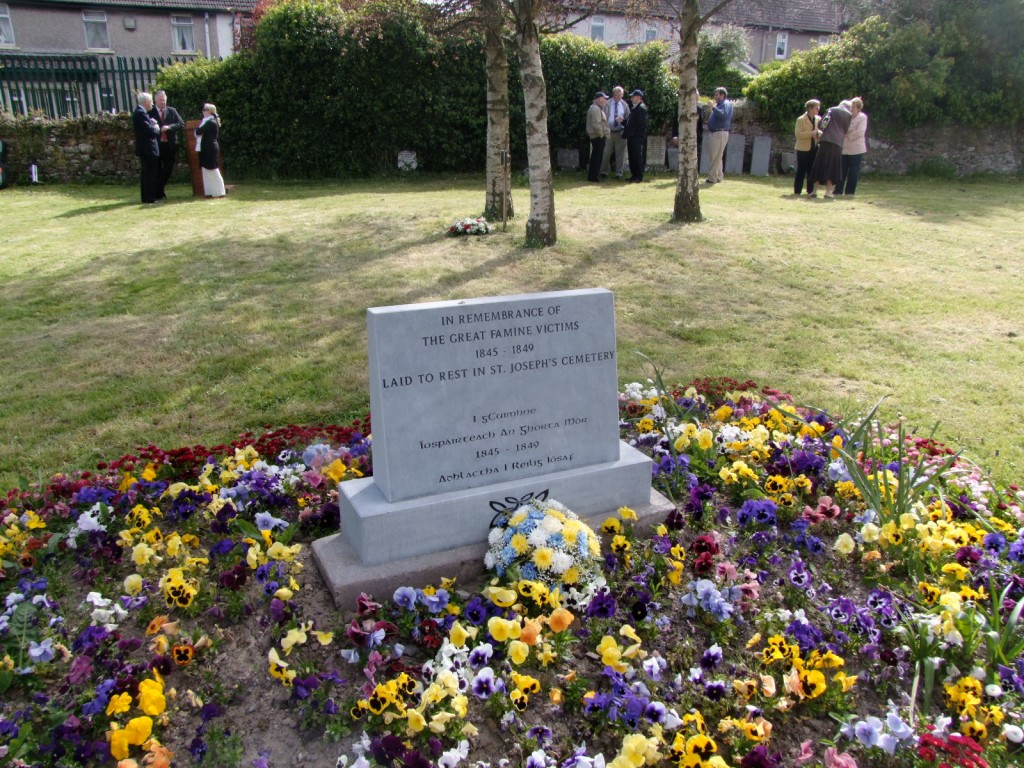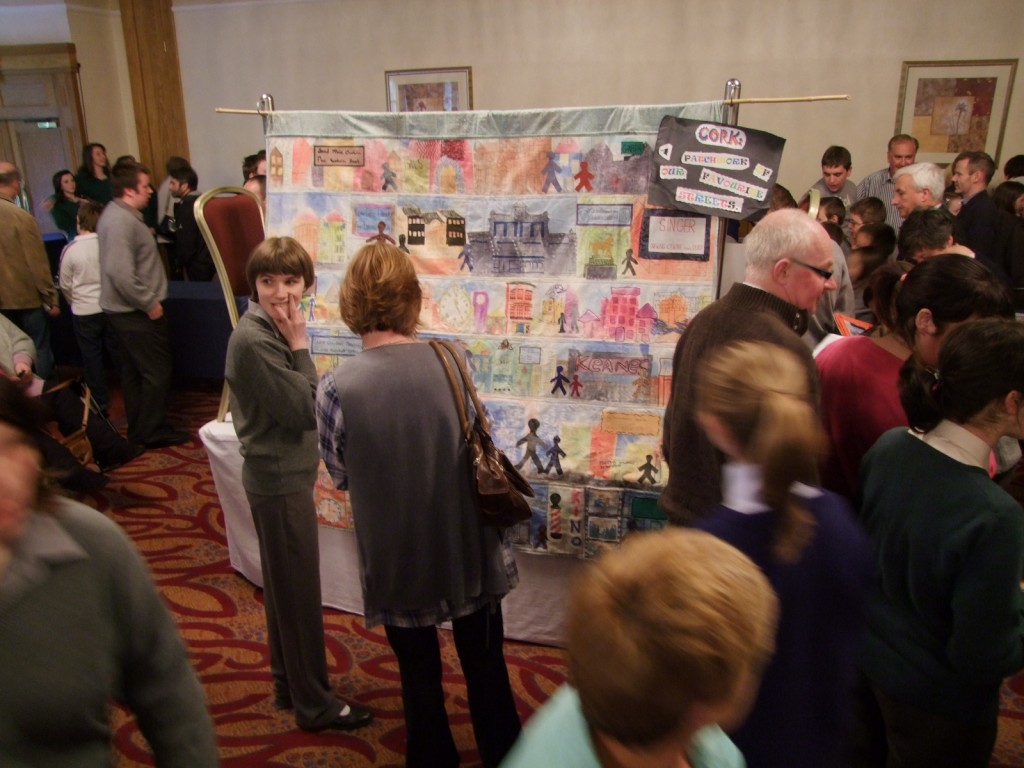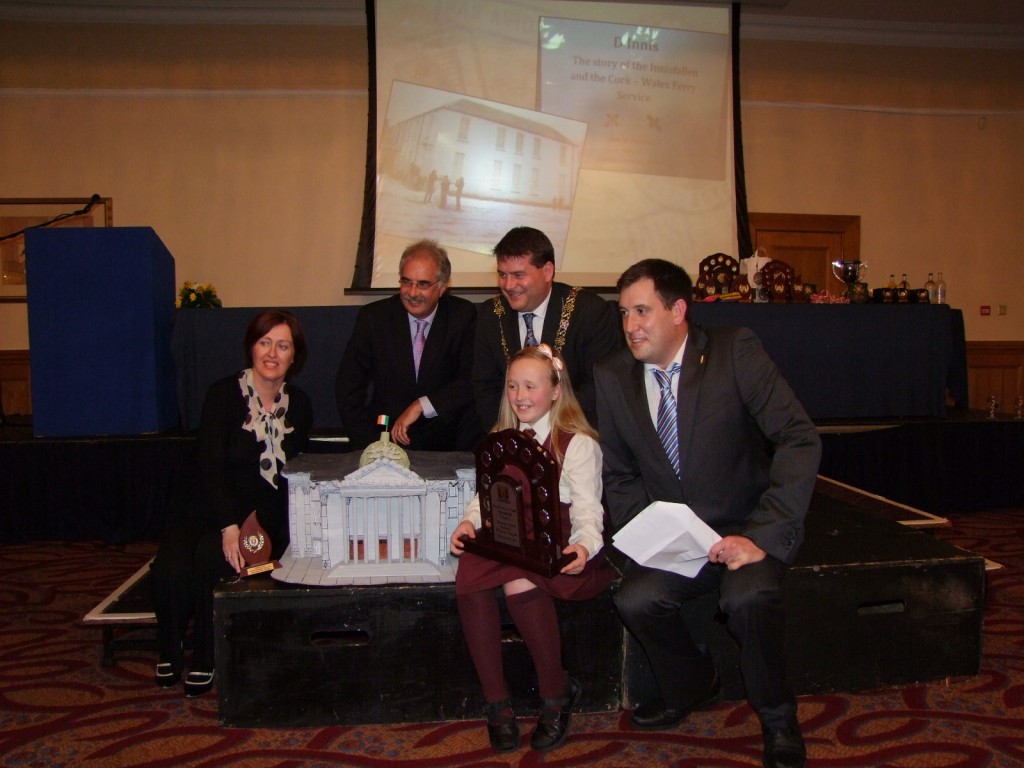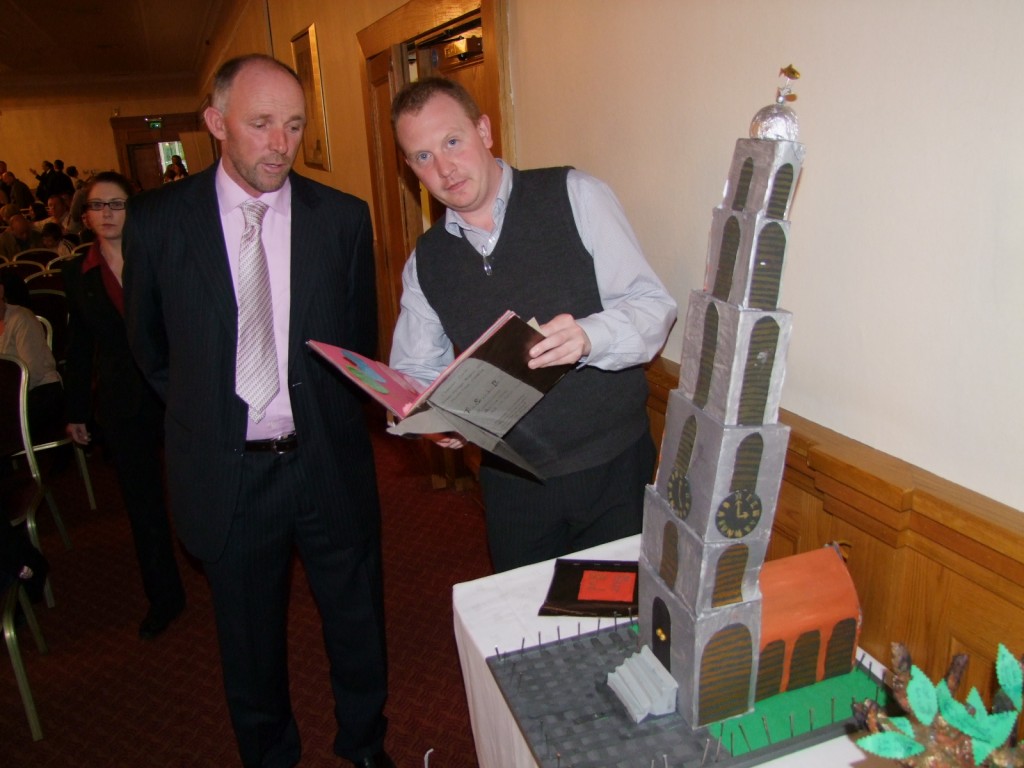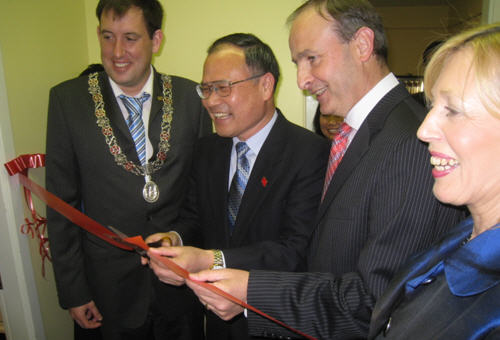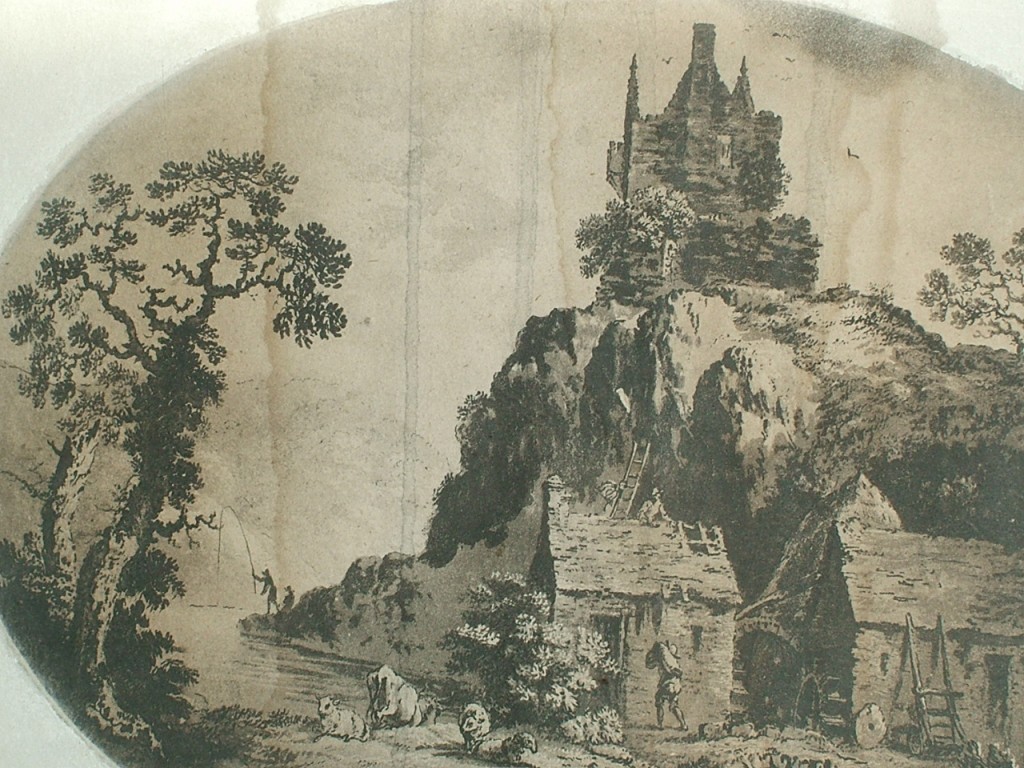
Kieran’s Speech
“Survival “– St. Joseph’s Cemetery, Cork
16 May 2010
Chairman, Local historian Ronnie Herlihy, ladies and gentlemen.
Thanks very much for the invitation to speak here this afternoon at St. Joseph’s Cemetery
It is said that remembering is the work of the living and I feel that looking around at the beautiful headstones in this graveyard highlights that sentiment.
Remembering is argued as a thoroughly social and political process, that remembering is always bound up with contestation and controversy.
The past tends to be constantly selected, filtered and restructured in terms set by the questions and necessities of the present.
So remembering is also linked to about the inclusions and exclusions of modes of memory and actual memories.
For such an enormous event, the memory of the famine in the Cork region has been put to one side in the way of life of its people. However, when it is brought up, as seen in the multiple published works in our local history libraries, huge questions on this era are raised and how the Famine transformed localties and ultimately affected society across the spectrum of the Irish landscape.
The memory of the Great Famine is both sensitive and compelling. There are many threads of its history to interweave – the political, economic and social framework of Ireland at that time plus the on the ground reality of life in the early 1800s – family, cultural contexts, individual portraits.
In the present day history books in school, the reader is drawn to very traumatic terms. The recurring visions comprise potatoes blackened, rotten, wasted, the human destruction, appalling, tragic, stretched bodies, trauma, devastation, sorrow, harrowing, holocaust-like, loss, exile, suffering, eviction, poverty, starvation, perishing, disease, lethal fevers. One can see why the Great Famine is more on the forgetting list than on the remembering one.
Perhaps this traumatic event has been silenced. When it does appear, it has the appearance of a type of folk status. Selected memories of memories in a sense appear, which provide some bridging of remembering and forgetting. Standing here, there is much to think about –
Life itself and the human experience.
A total of one million individuals died as a result of hunger induced illnesses. As seen through the many gravestones here, many people are buried here and looked after by their relatives. The Famine plot has countless poor souls.
The scattering of bodies lie in graveyards across the Irish countryside. Numbers can range from eight to ten thousand people – from here to Carr’s Hill on the road to Carrigaline.
Hundreds of thousands were forced to emigrate to survive. Famine folklore attests to “American wakes”, “coffin ships,” the move to whole new worlds where survival was even more difficult in big emigrant cities such as Liverpool and New York. Then, one reads about a certain shame associated with leaving and other terms appear in the history books such as community shunning, silence and abandonment. However, over one million emigrated creating an enormous international diaspora.
I think landscapes such as this in St Joseph’s Cemetery serve as a vast repository of narratives, memories, symbolism, iconography and cultural debate.
There is so much to explore and so much history and heritage we can harness in our modern world for survival. Despite the traumatic experience encountered, such tragedies can bring people together, help build a better vision and future.
Ladies and gentlemen, in this world, we need more of such building and vision.
Ladies and gentlemen, now is our time to build our legacy and presents us all with the question
– well what are we doing in our own lives to push forward?
On behalf of the Lord Mayor I wish to thank the organisers for the invitation to attend and to speak. I wish the committee continued success.
see the following video from Richard T. Cooke and Catherine Courtney for more:
http://www.youtube.com/watch?v=STx5GXzcwtA
